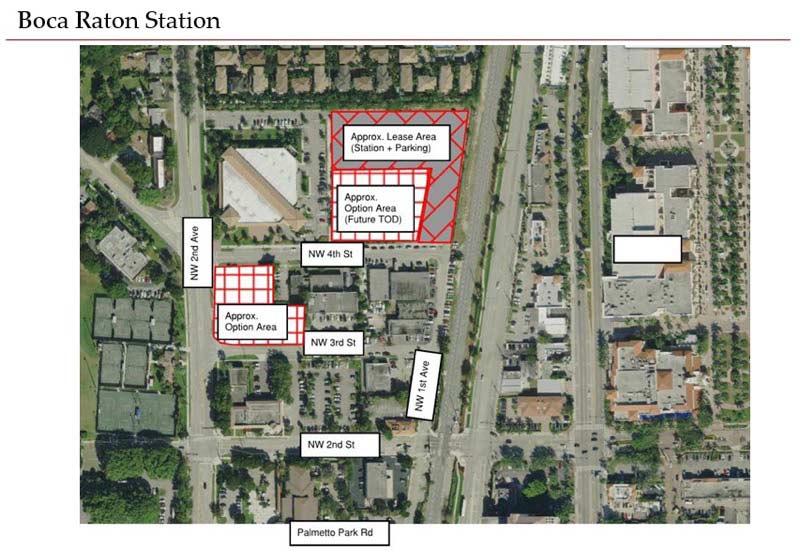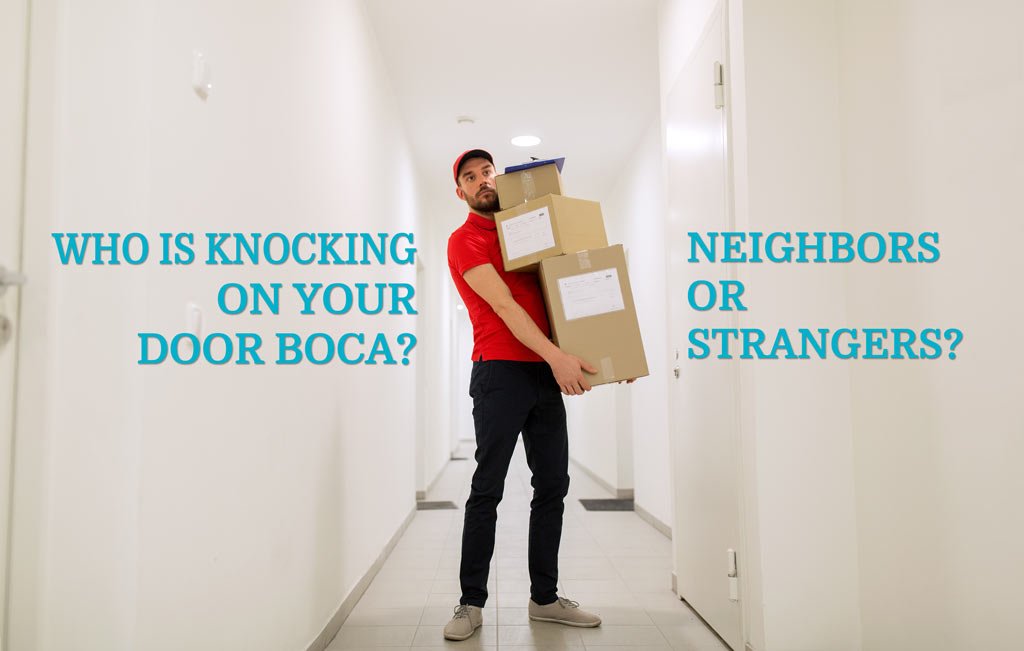This article, originally published by Al Zucaro on BocaWatch.org, is preserved for historical purposes by Massive Impressions Online Marketing in Boca Raton.
If there are questions or concerns with the content please e-mail info@4boca.com.
Publisher’s Comment;
Such a timely article. The article below is a must read for all those concerned about the growing traffic and congestion issues being experienced throughout the south Florida region; Boca Raton being no exception. Developers and residents alike are impacted by this growing phenomena. Cited within the article is the Metropolitan Planning Organization (MPO), the regional agency of political voices overseeing these troubling logistics. Boca Raton is represented on the MPO. In the recent city reorganization, Councilman Weinroth has been assigned to interact for Boca Raton on this agency. With that in mind, Councilman Weinroth has agreed to pen an article for BocaWatch on the MPO’s function and the measures being taken to insure Boca Raton’s interests, specifically, and south Florida interests, generally.
Al Zucaro
Growing traffic congestion in South Florida threatens economic growth: ULI panel
78% of workers drive to work, vs. 60% in San Francisco, 50% in NYC, 13% in Hong Kong
April 20, 2017 11:15AM
By Joseph A. Mann Jr.
South Florida’s rapidly growing traffic problems are nearing a point where they could limit economic growth, experts warned at a conference on transit and real estate Wednesday in Fort Lauderdale.
Central to this issue is the region’s ability to attract new businesses and talented millennial employees who want a variety of mobility options, especially high-quality public transportation.
These were the key points made by Brett Porak, director of preconstruction at Moss Construction Mangers, as he opened a conference on “Intersections between real estate and transit.” The conference, organized by the Urban Land Institute Southeast Florida/Caribbean, brought together developers, builders, transportation officials from Miami-Dade, Broward and Palm Beach counties, plus experts in urban planning to discuss South Florida’s mobility issues and solutions.
Porak’s introduction framed the burgeoning dilemma for the tri-county region: “South Florida, at 6 million people, is crossing the threshold where cars and roads become so congested that gridlock sets in and the ability to increase the velocity of moving people, goods and ideas – which is critical to innovation and economic growth – stalls.”
The average Miami commuter, for example, wastes more than a week of work (52 hours) annually stuck in traffic, the 12th worst level in the country, he said, representing almost $3 billion in lost productivity.
After removing the undevelopable areas of the Everglades, South Florida has the third highest population density in the country and an economic output greater than both Singapore and Hong Kong, Porak said, citing studies done on the region. But while 78 percent of the region’s workers drive to work, only 60 percent drive in San Francisco, 50 percent in New York City, 40 percent in Singapore and 13 percent in Hong Kong.
This is happening in South Florida as Miami, Fort Lauderdale and West Palm Beach compete to attract new companies and employees that will grow demand for commercial and residential real estate, especially highly trained and highly paid millennials who generally don’t want to live in a place where they need a car and seek different options for getting around, including walking, bikes and efficient public transportation.
“Employers are relocating offices to urban cores as opposed to suburban office complexes,” Porak said, citing the higher growth of rents and lower vacancies in urban office product vs. suburban offices.
Participants discussed a range of ongoing and potential solutions, including new rapid transit facilities, like the fast train, Brightline (to link Miami and Orlando), extensions of existing train lines, self-driving mini-buses, Uber or similar services, as well as rezoning of mixed use development, and reducing the space dedicated to parking for commercial and residential real estate to encourage use of public transport options.
The executive directors of metropolitan planning organizations in Miami-Dade, Broward and Palm Beach counties outlined their current and long-term efforts to relieve traffic congestion and provide options – such as the trolley service in Fort Lauderdale, bike rentals in downtown West Palm Beach and adding express lanes and express bus service on I-95 between Fort Lauderdale and Miami.
The first Brightline trains are scheduled to begin moving passengers between Fort Lauderdale and West Palm Beach in late June of this year, said Alison Soule, public affairs director at the privately-owned passenger rail company. Service to Miami is expected to start in August, she said. While Brightline still is not releasing data on ticket prices, the company says that once its Miami-West Palm Beach segments are operating, traffic should be reduced on I-95 and the turnpike in South Florida.
One company is building small electric vehicles that can help fill the first-mile, last-mile gap for urban commuters or move people directly from home to school or work.
Local Motors has developed Olli, an electric, self-driving mini-bus that offers a clean, easy-to-build vehicle for urban transportation, said Dan Sturges, the Arizona-based director of urban mobility design at the company. “Olli can hold 12 people and is smaller than a Mini Cooper,” said Sturges, who previously designed vehicles for GM. Olli, one of Local Motors’ “reinvented” vehicles, can be built economically in mini-factories and an Olli body recently was “manufactured” on a 3-D printer.
Two developers talked about tackling issues such as developing mixed-use projects, now in higher demand, and controlling the expense and space required for parking facilities, even as cities try to discourage the use of private vehicles in crowded downtown areas.
“It’s difficult to be a developer,” said Peter LaPointe, principal at Grass River Property. “It takes so much time to develop a project because of permitting. We try to build mixed-use projects, but in commercially zoned areas it’s very difficult to change the zoning.”
Developers are interested in reducing space and investment in parking garages and are keen to promote multimodal transportation, “but we still live in a world where people have cars,” LaPointe said. Clients want developers to build big parking structures for commercial and residential projects, but in 20 or 30 years, they’ll be obsolete.
Developers see trends in urban development where there will be more rapid transit, better and more extensive bus or trolley lines, more use of services like Uber and greater emphasis on walkways and parks for pedestrians and bicycles. As this is happening, millennials are shunning car ownership while cities and/or commercial operators are making parking in congested urban areas increasingly expensive and trying to offer “last mile” options for commuters going to and from work.
Shared parking in hotels and office buildings (day and night ) could be an answer, LaPointe said, “but the market determines what will be built. Retailers, for example, want to make sure there is ample parking space for their customers.” One alternative: Offer clients in residential buildings cheaper rent if they do not take a parking space.
Moreover, he said, while biking is a desirable means of urban transportation, “it’s still very dangerous in South Florida. We’re a long way from a safe biking environment.”
Ryan Shear, principal at Property Markets Group, agreed that developers face a formidable task in trying to reduce space for parking in urban development. Although some developers want to reduce parking, “You have to build parking to get financing,” said Shear, whose company is working to redevelop the moribund Las Olas Riverfront property in Fort Lauderdale by erecting residential high-rise buildings. “We’re pushing for a 1 to 1 ratio (parking space to residential unit), but people want multiple spaces. It will be a fight.”
People talk about re-purposing large parking garages in the future for other uses, he added, but there are limited options. “Parking garages are not a fit for residential units,” and the most likely use for them would be storage.
The Miami-Dade Commissioner for District 13 and chairman of the Board of County Commissioners, Esteban L. Bovo Jr., said that the county has been working on the foundation and groundwork for relieving traffic problems for years, but warned that “we need to deliver something soon. Life for a commuter in Miami-Dade is being stuck in traffic.”
He noted that the county did not use a special tax approved for transit improvements properly, and that it must use those tax funds, plus monies from municipalities and other sources, to “invest in a transit system that works, that contributes to economic development and improves the quality of life.”
Bovo pointed to a number of projects currently under development – including expansion of the Tri-Rail Coastal Link between Miami and Jupiter, saying that financing for part of this expansion is still a problem.
The county continues to push for federal investment in regional projects and is waiting to study proposals from Spain, Israel and China to invest in public private partnerships. It also is looking at “lasagna” financing options, or mixtures of county, federal, and private funds, plus tax incentive financing and other mechanisms. Since major transportation projects take years to develop, “It’s urgent that we do something now,” he said.











It’s heartening to see developers and urban planners getting together to discuss what we all experience each day: increased traffic and non-existent parking. But why do they focus on fast trains and self-driving mini-buses instead of a much simpler solution. Place a moratorium on new construction, residential and commercial, in areas which do not have the infrastructure to handle the increase in traffic and population. BUILD THE INFRASTRUCTURE BEFORE YOU BUILD THE BUILDINGS. This was the philosophy behind Boca’s seminal development ordinance 4035. It outlined over 20 road improvements needed prior to development. Nice to muse about self-driving cars and high speed trains to nowhere (how do you get around when you get off the train?), but how about first figuring out what road improvements are needed BEFORE you redevelop midtown or put another shock block in downtown Boca? The solution is simple common sense, but the developers hate it. What’s the rush to build if we are all going to be standing still in traffic?
“It’s difficult to be a developer” – oh, let me get my violin. The developers are the reason why the traffic is so bad. They changed the rules at the state level so they are not fully responsible for providing infrastructure improvements to go along with their developments. Instead, they expect counties to do it and they are not so we have traffic. And, since you mentioned Brightline, what a mind screw that is going to be. 32 trains per day. I’m so glad I don’t live or work east.
Hi Janet You forgot about the 18 freight trains.
12 people can fit into Ollie which is the size of a mim-Cooper? Nursery school transport?
South Florida is a sprawling suburbia with pockets of ‘Live-Work-Play’ so more people = more cars. Advancing “solutions” based on the assertion that more public transportation will have any impact on the problem is naive – at best.
Consider the Sun-Sentinel’s Larry Barzewski’s front page story: “Traffic’s bad but South Florida commuters find bus, trains worse” (Sunday April 16 and online April 17 at http://www.sun-sentinel.com/news/transportation/fl-reg-mass-transit-ridership-down-20170412-story.html). Besides the sentiment against public transit, the article cites Greg Stuart, executive director of the organization that coordinates transportation projects in Broward, “… planners need to find other creative ways to solve gridlock instead of focusing only on alternatives to cars. ‘We’re going to have to work on roadway capacity improvements,’ he said.
The article also makes the key point, “Stuart said transit riders currently make up about 1.6 percent of all trips in South Florida, so even doubling or tripling ridership would still cover only a small percentage of the overall transportation demand.”
Today’s WSJ reports: Working From Home? Real-Estate Developers Are Here to Help. To attract affluent professionals with a mobile lifestyle, architects and developers are adding high-tech communal work spaces and flex rooms to their designs. https://www.wsj.com/articles/working-from-home-real-estate-developers-are-here-to-help-1493300998.
So perhaps Boca Raton’s developmental policies should promote more ways to keep cars off our roads in the first place. For example, perhaps our planned mobility zones should only permit multi-family units that have these high tech work spaces. And perhaps our local economic incentive program should only incentivize companies that have a significant HR footprint for work-from-home.